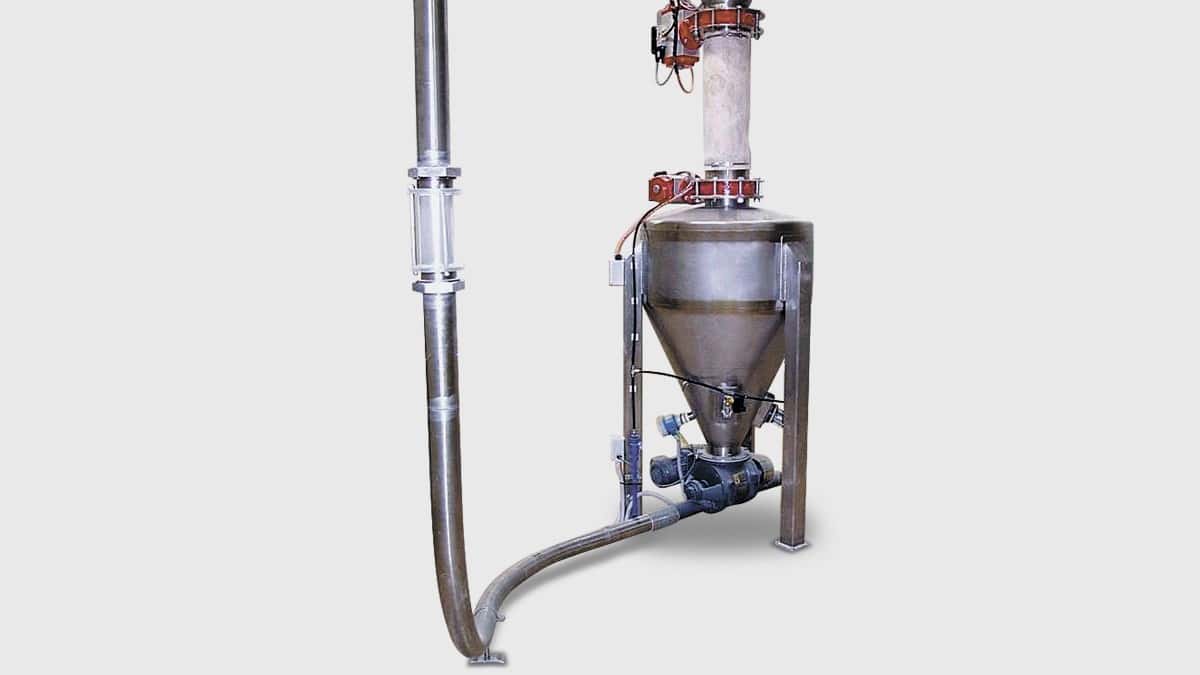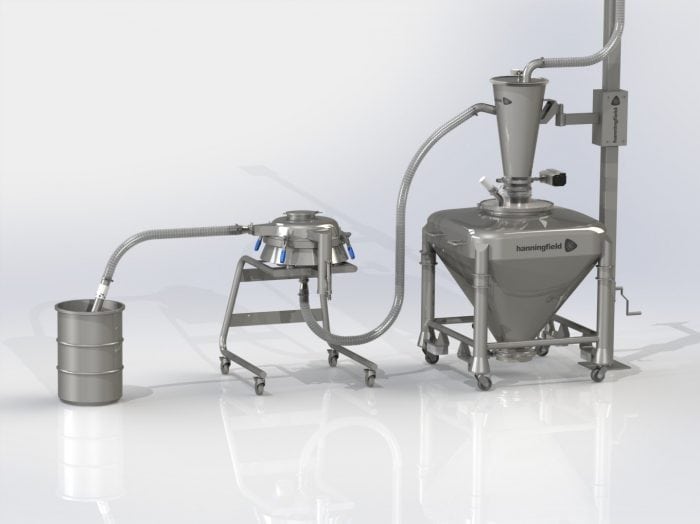The use of vacuum conveying can be broadly classified into three distinct categories: transportation of powdered or semi-liquid material, transportation of dry or solid materials, and transportation of fluids such as fluids like oil, vinegar, ammonia and other fluids. In general, the word ‘powdered or semi-liquid material’ refers to granules and powders, while – as a general rule – the term ‘dry or solid materials’ refers to solids and liquids. Generally, one of the main types of vacuum conveyances is the drum-based type, which moves under air pressure. Other types include those moving under water pressure and the types using a water tank.

Such transport systems have several advantages. For instance, they can be used to convey liquids from one place to another, like from an engine part to an oil pump. Moreover, it can be used to move materials in a variety of industries, where different kinds of liquid are used and where transportation costs are high. For instance, if you have to move a lot of liquid material between two locations, then a drum-based conveyance is a good choice. Find out more about Vacuum conveying at a site like https://www.aptech.uk.com/pneumatic-conveying-systems/vacuum-conveying/

Drum-based conveyances are used in various applications; some examples include the processing industries such as chemical manufacturing, petroleum exploration, fertilizer production, oil refineries and others. In these industries, the movement of products is important and involves a large number of moving parts, thus they need to be made with very high efficiency. For example, in oil production, there is a large amount of liquid and semi-liquid substances being pumped at one time.

